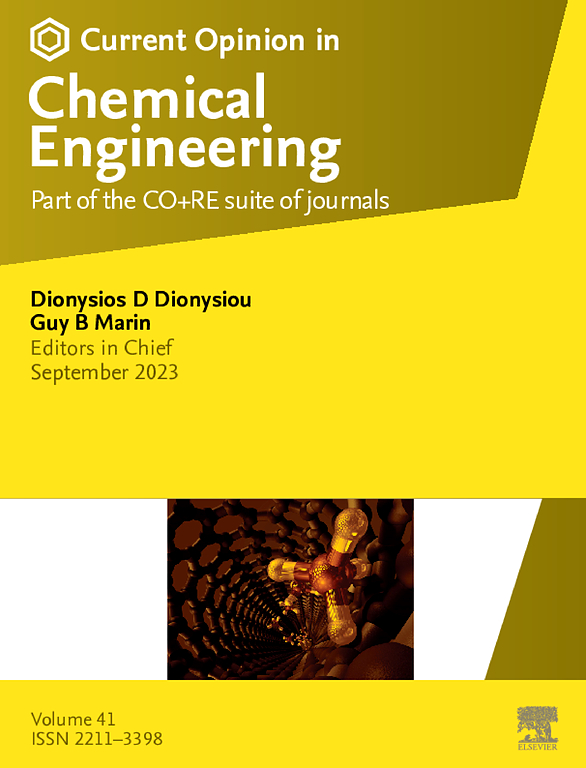Trends and perspectives on the ultrasound-assisted extraction of bioactive compounds using natural deep eutectic solvents
IF 6.8
2区 工程技术
Q1 BIOTECHNOLOGY & APPLIED MICROBIOLOGY
引用次数: 0
Abstract
In recent years, the recovery of bioactive substances from biomass has been widely studied for obtaining high-value products, such as phenolic compounds and polyphenols. The ultrasound-assisted extraction (UAE) has gained recognition as an effective technique for extracting compounds with lower solvent, time, and energy requirements, compared to conventional processes (e.g. Soxhlet). The introduction of greener solvents for extraction procedures, such as natural deep eutectic solvents (NADES), arose as a safer option than conventional organic solvents like methanol. The synergy of UAE-NADES processes can provide extracts of biocompounds with enhanced total phenolic content and superior antioxidant activity compared to extracts with conventional solvents. Using different hydrogen bond acceptors and hydrogen bond donors for NADES synthesis can generate solvents suited to diverse applications. This review aims to briefly present the status of UAE-NADES applications published from 2021 to 2024, exploring their key uses and benefits.
天然深共晶溶剂超声辅助提取生物活性化合物的发展趋势与展望
近年来,从生物质中回收生物活性物质以获得高价值产品,如酚类化合物和多酚类物质得到了广泛的研究。与传统方法(如索氏法)相比,超声辅助提取(UAE)是一种有效的提取化合物的技术,其溶剂、时间和能量要求都较低。在萃取过程中引入更环保的溶剂,如天然深共晶溶剂(NADES),作为一种比传统有机溶剂(如甲醇)更安全的选择而出现。与传统溶剂提取物相比,UAE-NADES工艺的协同作用可以提供具有增强总酚含量和优越抗氧化活性的生物化合物提取物。使用不同的氢键受体和氢键给体来合成NADES可以生成适合不同应用的溶剂。本综述旨在简要介绍2021年至2024年发布的阿联酋nades应用现状,探讨其关键用途和优势。
本文章由计算机程序翻译,如有差异,请以英文原文为准。
求助全文
约1分钟内获得全文
求助全文
来源期刊

Current Opinion in Chemical Engineering
BIOTECHNOLOGY & APPLIED MICROBIOLOGYENGINE-ENGINEERING, CHEMICAL
CiteScore
12.80
自引率
3.00%
发文量
114
期刊介绍:
Current Opinion in Chemical Engineering is devoted to bringing forth short and focused review articles written by experts on current advances in different areas of chemical engineering. Only invited review articles will be published.
The goals of each review article in Current Opinion in Chemical Engineering are:
1. To acquaint the reader/researcher with the most important recent papers in the given topic.
2. To provide the reader with the views/opinions of the expert in each topic.
The reviews are short (about 2500 words or 5-10 printed pages with figures) and serve as an invaluable source of information for researchers, teachers, professionals and students. The reviews also aim to stimulate exchange of ideas among experts.
Themed sections:
Each review will focus on particular aspects of one of the following themed sections of chemical engineering:
1. Nanotechnology
2. Energy and environmental engineering
3. Biotechnology and bioprocess engineering
4. Biological engineering (covering tissue engineering, regenerative medicine, drug delivery)
5. Separation engineering (covering membrane technologies, adsorbents, desalination, distillation etc.)
6. Materials engineering (covering biomaterials, inorganic especially ceramic materials, nanostructured materials).
7. Process systems engineering
8. Reaction engineering and catalysis.
 求助内容:
求助内容: 应助结果提醒方式:
应助结果提醒方式:


